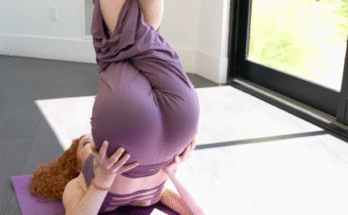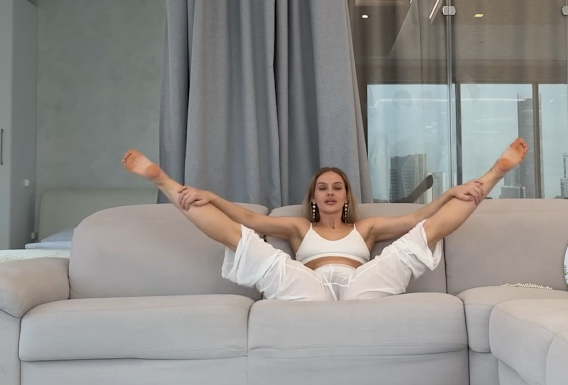
In today’s fast-paced world, where our lives are dominated by screens, long hours of sitting, and constant movement between tasks, our bodies often bear the brunt. Tight hips, stiff shoulders, sore backs—these issues have become a norm. That’s where a Flexibility Fix Quick Yoga routine comes in. Designed to be both effective and efficient, this quick yoga sequence can dramatically improve flexibility, boost blood circulation, and release muscle tension in as little as 15 to 20 minutes a day. It’s a simple, powerful, and accessible way to reconnect with your body and feel better, fast.
Why Flexibility Matters
Flexibility is not just about being able to do a split or bend like a gymnast. It’s about joint health, muscle recovery, balance, and daily comfort. Flexible muscles are less prone to injury, more responsive to activity, and help maintain good posture. If you often feel stiff in the morning or after sitting at a desk all day, you’re already experiencing the consequences of poor flexibility.
A stretching routine grounded in yoga principles offers a holistic solution. Unlike static stretching alone, yoga connects movement with breath, calms the nervous system, and encourages mindfulness—all while enhancing physical mobility.
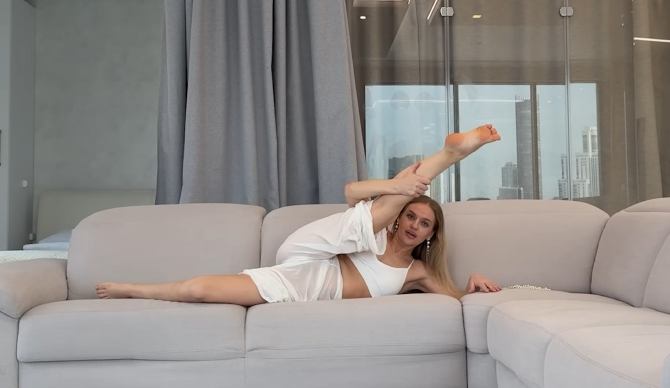
Before You Begin: Setting the Space
For your Flexibility Fix Quick Yoga routine, you don’t need a fancy studio or special equipment. All you need is:
- A yoga mat or towel
- Comfortable clothing that allows you to move freely
- A quiet space where you won’t be disturbed for 15–20 minutes
- An optional yoga block or pillow for added support
Light a candle, play soft music, or just focus on your breath—whatever helps you feel relaxed and present.
The Routine: Quick Yoga for Flexibility Fix
Below is a step-by-step routine that targets common areas of tightness: hips, hamstrings, shoulders, and spine. Each pose flows into the next, keeping the body warm and engaged.
1. Child’s Pose (Balasana) – 1 minute
Begin in a kneeling position. Bring your big toes to touch, knees wide apart, and sit back onto your heels. Stretch your arms forward, forehead to the mat.
Benefits: Gently stretches the hips, thighs, and lower back. Encourages deep breathing and mental calmness.
2. Cat-Cow (Marjaryasana-Bitilasana) – 1 minute
Come onto all fours. Inhale to arch the back, lifting the tailbone and gaze (Cow). Exhale to round the spine, tucking the chin to the chest (Cat). Flow slowly with breath.
Benefits: Warms up the spine, improves posture, and eases tension in the shoulders and back.
3. Downward-Facing Dog (Adho Mukha Svanasana) – 1 minute
Tuck your toes under, lift your hips up and back into an inverted “V.” Keep knees bent if hamstrings are tight, or pedal your feet to warm up the calves.
Benefits: Lengthens the spine, opens the shoulders, and stretches the hamstrings and calves.
4. Low Lunge with Side Bend – 1 minute per side
Step your right foot between your hands and lower your left knee. Raise your arms overhead, then gently bend to the right for a side stretch. Repeat on the other side.
Benefits: Opens the hip flexors, stretches the side body, and improves balance.
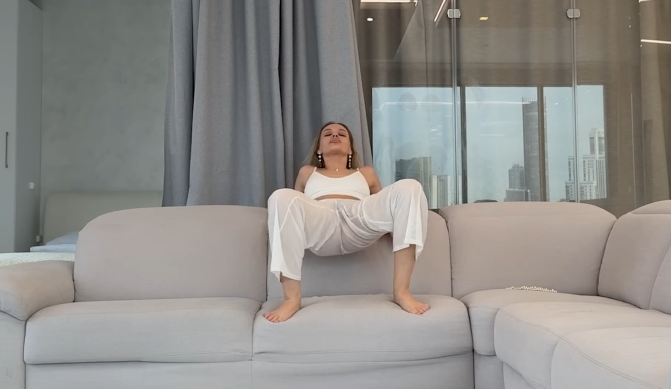
5. Seated Forward Fold (Paschimottanasana) – 2 minutes
Sit with your legs extended in front. Inhale to lengthen the spine, exhale to fold forward from the hips. Let your hands rest wherever they land.
Benefits: Deep hamstring and lower back stretch. Encourages relaxation.
6. Butterfly Stretch – 2 minutes
Bring the soles of your feet together and let your knees fall open. Hold your feet with your hands and fold gently forward if comfortable.
Benefits: Opens the inner thighs and hips. Good for relieving tension in the groin.
7. Thread the Needle – 1 minute per side
Lie on your back with knees bent. Cross your right ankle over your left knee. Reach through and clasp behind your left thigh. Gently pull toward your chest. Switch sides.
Benefits: Stretches the outer hips and glutes, often tight from prolonged sitting.
8. Reclining Twist – 1 minute per side
With both knees hugged to your chest, let them drop to the right as your arms extend out in a “T” shape. Gaze to the left. Breathe deeply and repeat on the other side.
Benefits: Increases spinal mobility and releases tension in the back.
9. Legs-Up-The-Wall (Viparita Karani) – 2–3 minutes
Scoot your hips close to a wall and swing your legs up, resting them vertically. Relax your arms and breathe deeply.
Benefits: Reduces swelling in legs, calms the nervous system, and gently stretches the hamstrings.
10. Final Resting Pose (Savasana) – 2 minutes
Lie flat on your back, arms by your side, palms facing up. Close your eyes. Let your body fully relax and breathe naturally.
Benefits: Integrates the practice, promotes deep rest, and relieves stress.
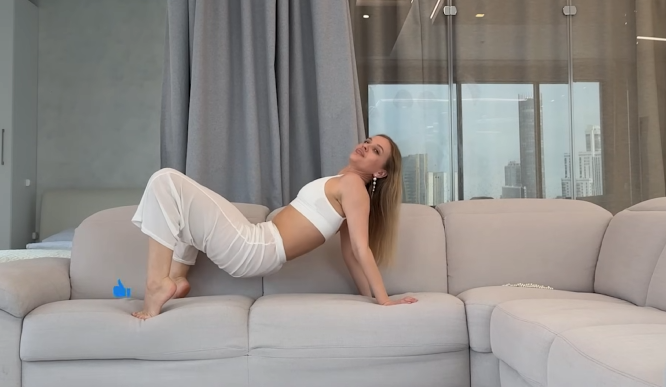
Modifications for Beginners
If you’re new to yoga or very stiff, use props like cushions, yoga blocks, or rolled towels to support your body. Don’t force any position. Instead, focus on breathing deeply and moving mindfully. Flexibility takes time to develop, and consistent gentle effort brings better results than pushing too hard.
Quick Tips for Success
- Practice daily or at least 3-4 times a week. A short, consistent routine yields better long-term results than occasional long sessions.
- Breathe deeply and evenly. Never hold your breath. Breath supports movement and helps release tension.
- Stretch when your body is warm. Post-walk or light cardio is ideal. You can also do this routine in the morning to wake up your body or in the evening to unwind.
- Listen to your body. Stretching should feel relieving, not painful. Adjust each pose to your range.
The Benefits Beyond the Mat
Incorporating this flexibility-focused yoga routine into your life will not only help your physical body but also your mental and emotional well-being. Expect to notice:
- Improved posture and alignment
- Decreased muscle soreness
- Better sleep quality
- Lower stress levels
- Enhanced body awareness
As your flexibility improves, you may also feel more empowered and confident in your movements. Whether it’s reaching for something on a high shelf, sitting cross-legged comfortably, or dancing with more freedom, the benefits ripple into everyday life.
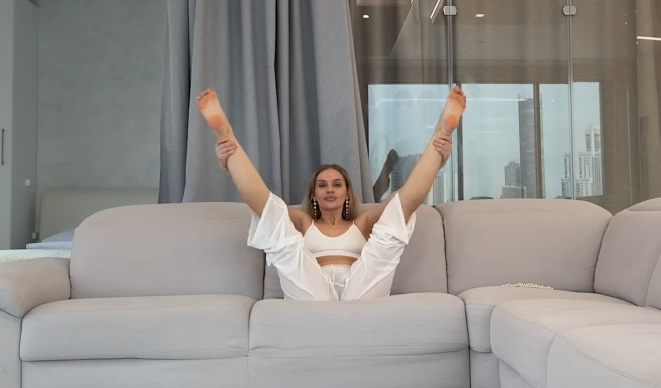
Conclusion: Your Quick Fix Starts Today
You don’t need to be a yogi, athlete, or super flexible person to start a yoga-based stretching routine. This Flexibility Fix Quick Yoga is for everyone—especially those with busy lives, tight bodies, or a need to reset. All it takes is a mat, a little space, and the willingness to show up for your body. Just 15 minutes can be the shift your body craves.
Breathe, stretch, and move—your flexibility journey starts now.


